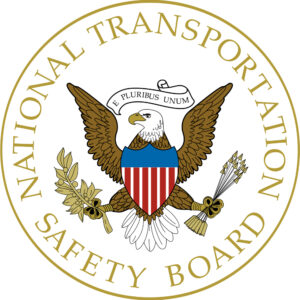 WASHINGTON — The National Transportation Safety Board says it will focus on factors including passenger car crashworthiness and survival factors as part of its ongoing investigation of the fatal Sept. 25 derailment of the Empire Builder near Joplin, Mont.
WASHINGTON — The National Transportation Safety Board says it will focus on factors including passenger car crashworthiness and survival factors as part of its ongoing investigation of the fatal Sept. 25 derailment of the Empire Builder near Joplin, Mont.
In a preliminary report released Tuesday, the NTSB also said it would focus on track and engineering and equipment as it continues to investigate the accident that killed three people and injured 44 [see “Feds: Empire Builder was traveling under speed limit …,” Trains News Wire, Sept. 27, 2021].
Preliminary NTSB reports make no conclusions as to cause or recommendations of action, but lay out initial facts, many of which have already been released, such as the fact the train was traveling within the 79 mph speed limit at the time of the accident. It notes that while on scene, NTSB investigators inspected track and equipment, reviewed signal and train control data logs, obtained data from the lead locomotive’s forward facing camera and event recorder, and conducted interviews. The report also indicates Amtrak estimated damage to be more than $22 million.






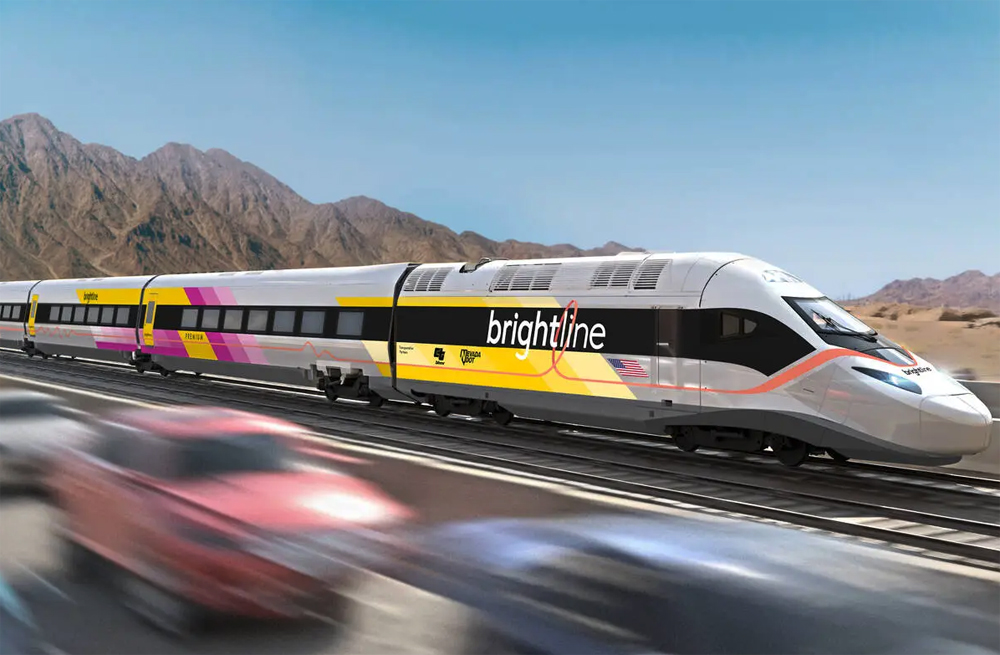
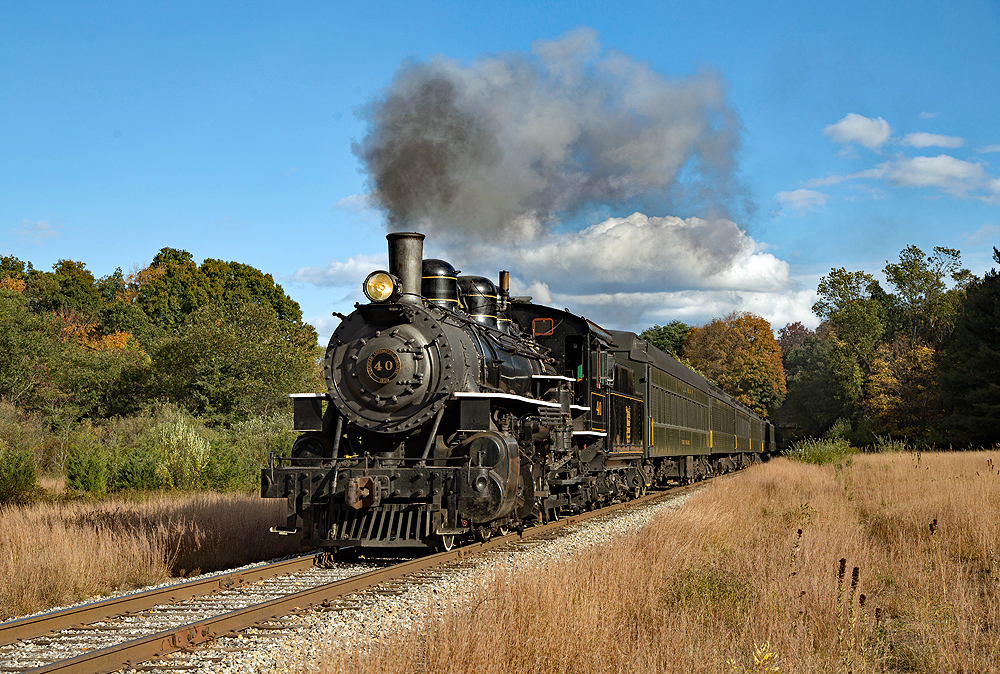
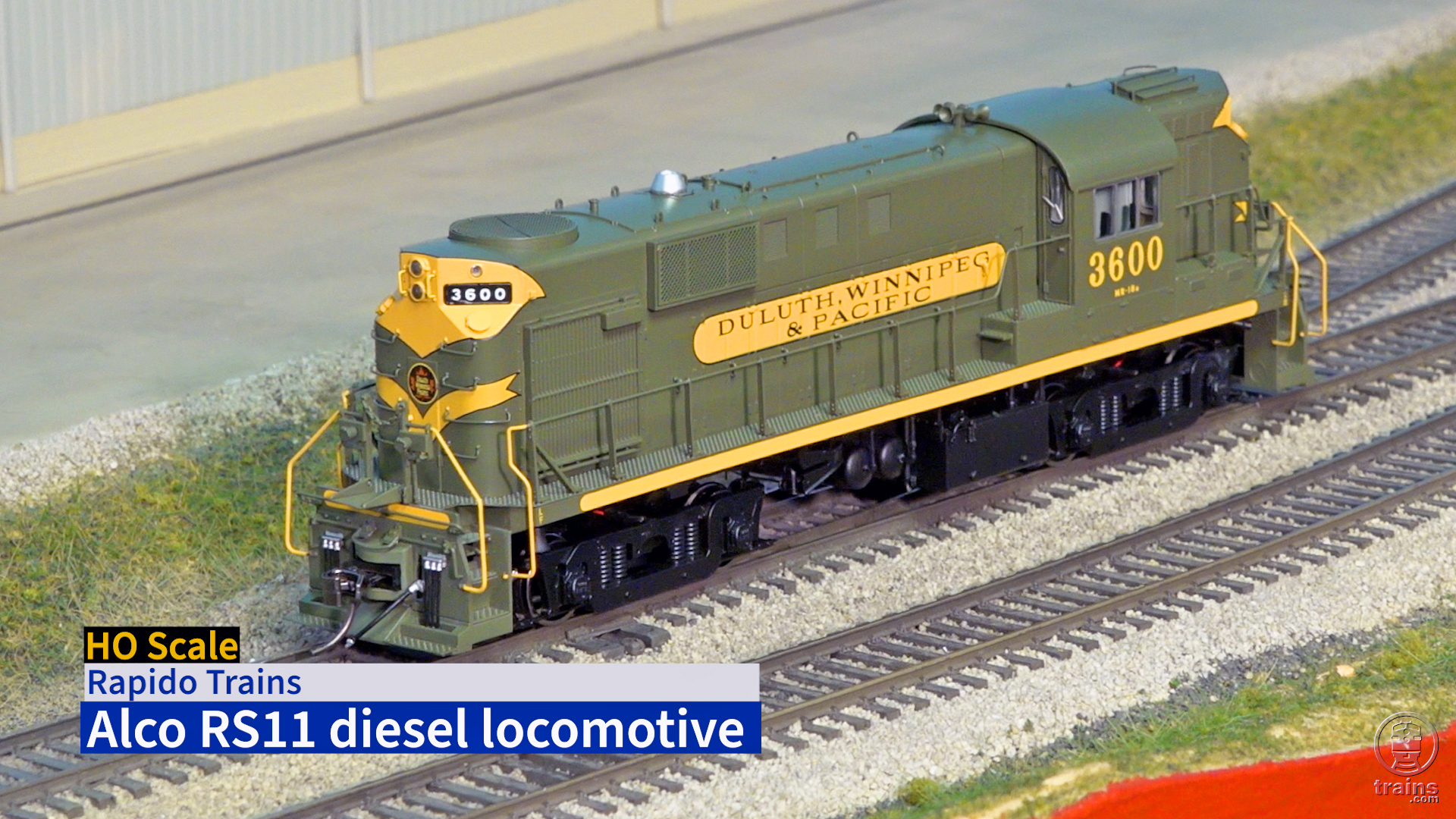
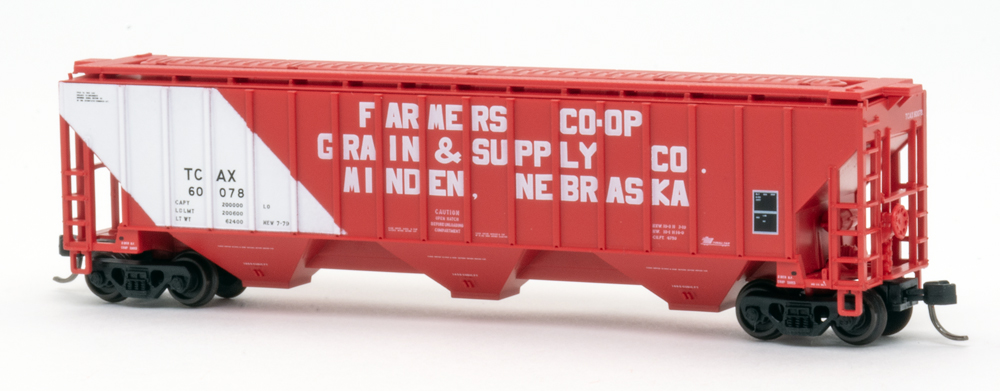




The last discussion on car crashworthiness was the bi-level failure at Nippon Sharyo in Rochelle. I still haven’t seen any report on the data acquired from that test failure. Was it materials? was it design? What level was compliance achieved before failure, 80%, 90%?
I am still surprised with all of the computer modeling and materials science at our reach Nippon Sharyo didn’t know before hand it would fail the test. Ferrari and Lamborghini don’t even do crash testing anymore for cars they want to import. They supply a CATIA file to the NHTSA for approval.
I’m sure these cars met the standards of the time 30-40 yrs ago. The only way to meet the new standards for crash safety is to purchase new equipment which is long overdue.
Single-level passenger cars are versatile and can operate from the height constraints of the Northeast Corridor to the Far West and Gulf of Mexico. They adopt to both high and low platforms at stations for boarding and disembarking. These cars afford the handicap and infirmed potential access to the whole train instead of being confined to the lower level of one Superliner car. Single-level passenger cars are more aesthetically pleasing having a uniform profile with the locomotives and baggage cars and any accompanying vintage private cars.
With regards to safety, single-level passenger cars have a lower centre of gravity. And they are not susceptible to taking in diesel fumes from the locomotives like the lead Superliner with no shield over the forward end door endangering passengers and crew with respiratory illness.
All points interesting. Thank you Penelope.
The NTS concerns on the Superliners as I understand it are:
1) Windows. They are secured to the car by rubber grommets which were distorted by the ballast and were forced out.
2) Unsecured furniture. The Bedroom in the sleepers has a folding chair that can become a missile and harm the passengers.
Also, I wonder why they didn’t release any information as to what was learned to date.
The biggest issue in this derailment is that several cars tipped onto their sides. Aren’t the Superliners a little top heavy?
It’s my impression that this has already been studied – but likely will be yet again. Bilevel cars tend to have a higher center of gravity, but a lot is done to minimize that. But the real concern at this point – what caused this – and it’s very possible that even a single level car could have been tipped as a result. At any rate, 2 or 3 years from now we may have answers.
Crashworthiness standards were established by US Post Office Dept around 1917 for RPO cars only. They were extended by the ICC to new passenger carrying cars around 1943 after a major derailment involving lightweight cars in Naperville IL. They have been upgraded since. Note the recent BNSF derailment did not involve failure of the car structures.
I believe NTSB is more interested in the interior design.
Haven’t car crashworthiness standards already been established by the FRA? IIRC, they’re already tougher than the UIC standards of Europe…
A tragedy can be an excellent learning opportunity. Of course, it can also be a big time scapegoating opportunity. But with NTSB I tend to have high expectations – they always seem to want to learn whatever they can. Of course, once they issue their reports, anything may or may not happen as a result. IOTW, politics.